LENA. Helena Kowalewicz-Wegner and the school of making jewelry
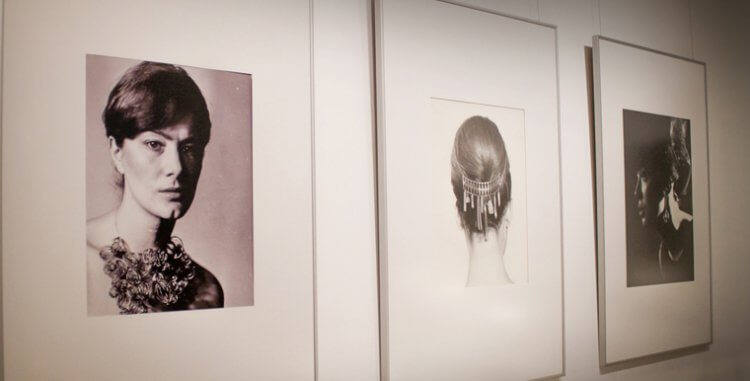 Array
Array
A very interesting exhibition took place in a beautiful building Galeria Willa at the Wólczańska St. 31 in Lodz on September 22, 2016. The exhibition consisted mainly of jewelry made by former students of the School of Fine Arts (now the Strzemiński Academy of Fine Arts in Lodz), and from 8 unique exhibits signed by Helena Kowalewicz-Wegner.
LENA
Lena Kowalewicz-Wegner was an extremely colorful personality connected with the history of the Lodz Academy of Fine Arts in a special way. Lena Kowalewicz’s work fits into the current Polish avant-garde of Władysław Strzemiński and Katarzyna Kobro. A significant impact on the artist also had the work of her husband, Stefan Wegner. Lena was comprehensively talented, hence she did not limit her activities to one creative field: besides painting or sculpture, she found herself in the world of jewelry.
Helena Kowalewicz-Wegner was born in 1924 in Vilnius. She studied at the Academy of Fine Arts in Lodz, where in 1959 she founded first Polish Workshop of Small Forms (now the Department of Jewelry). The artist developed a proprietary method of education, which she used when teaching students. It consisted of six main principles:
1. The basis for shaping contemporary jewelry constitutes abstract, spatial and sculptural thinking.
2. Contrasting decorating and superficial aesthetic of the object with an emphasis on precise building forms on the basis of the pure art assumptions.
3. Extraction of the characteristics of raw materials, avoiding imitation, and building forms in a logical relation to the material used.
4. Highlighting the interdependence of the character of clothing, jewelry, and the type of beauty.
5. Individualization of learning process in relation to individual students in order to extract their diverse creative predispositions.
6. Reference to the experience gained from the workshop and transferring experience gained at jewelry workshop to other art genres.
- Helena Kowalewicz-Wegner, a bracelet with a ring, brass, zipper tape
- Helena Kowalewicz-Wegner, a bracelet with a ring, brass, zipper tape
Individual approach to students was extremely important in Lena Kowalewicz-Wegner’s method of teaching. Repeatedly she asked her students to bring their works to classes created workshops. In her opinion, fine art and jewelry art were side by side. One could draw experience from the other and lead to the creation of the object perfectly fitting into the concept of high art, based on the principles of composition, contrast, rhythm. The relationship between jewelry and human body was not without significance to the artist – in her studio, students had to deal, inter alia, with an exercise investigating the relationship between a human figure and the designed object.
Exhibition showing the cross-sectional design of Lodz in the years 1959 – 1079
Dimmed lights, elegantly dressed guests, muffled conversation by the glass showcases – this was the way the exhibition greeted us on the opening day. Staircase decorated with red carpet led to the main room. On the right, printed information about the authors and the history of the works presented were distributed on a small table. The first conspicuous thing was the attention to detail: thought over lightening of the jewelry exposed in the context of the beautiful black-and-white photographs from the ’60s. It was obvious that someone spent a lot of time and heart to highlight each and every work.
The initiators, thanks to whom exhibition took place, were Sergiusz Kuchczyński and Olga Podfilipska-Krysińska. They spent many hours searching the archives of the Academy of Fine Arts in Lodz, Central Museum of Textiles and Museum of the City of Lodz, creating an extraordinary event – a nod towards their history of strong substantive background.
I think it’s an incredibly beautiful initiative, which should be an example and inspiration – under no circumstances should one’s roots be forgotten and the knowledge about the origins, great people and their art should be passed onto further generations.
Exhibition artwork
Such a large project required, of course, the involvement of more people than previously mentioned two curators. Mariusz Andryszczyk helped with the exhibition as well as the artwork of the exhibition. He is the author of one of the most beautifully published catalogues I’ve had a chance to see so far. The texts included in the catalogue are both in Polish and English. Not only does it include photos of the works, quotations from Lena Kowalewicz-Wegner’s personal notes, or a photograph of the jewelry presented on models – former students of the WSSP. This album features colorful sketches, designs made by the artist, archival photos of the Lena Kowalewicz-Wegner’s workshop and above all, very detailed descriptions of individual items of jewelry, a piece of the history of the Lodz art world of the past.
- Andrzej Jocz – a necklace with resole
- Andrzej Jocz – a necklace with resole
- Margaret Kępska – brass brooch, from 1974-1975
- Hanna Turk – a necklace with resole, 1966-1967
Plastic, resole, bakelite, brass
Plastic, resole, bakelite, brass as well as various half-finished products, which are industrial waste, are materials which reigned among the jewelry designed by then students of the Higher School of Fine Arts in Lodz. Recycling, based on the use of repetitive elements from factories, was dictated on the one hand by the situation of the country in those years when contact with the West was difficult. On the other hand, by the openness of Lena Kowalewicz-Wegner, who saw the potential in something that was just a waste to others. This was a very innovative solution in that time and it aroused general interest.
Exhibition LENA. Helena Kowalewicz-Wegner and Lodz school of jewelry design is not only a treat for art historians who study the history of Polish artists. It is primarily a lesson for the younger generation, who has gained the opportunity to have contact with objects and history, which they wouldn’t be able to reach on their own. In addition, the topicality of the presented objects, despite such passage of time, is something that can be one in the eye for aspiring artists, convinced that with their project they reinvented the wheel – not having a clue that similar solutions had already been used for half a century earlier.
Finally, I can only heartily encourage you to visit Lodz and this wonderful exhibition. It will be possible until 13 November 2016.
References:
1.) LENA. Helena Kowalewicz-Wegner i łódzka szkoła projektowania biżuterii lata 1959-1979, Katalog wystawy, 22.09.2016-13.11.2016, Galeria Willa, ul. Wólczańska 31, Lodz, Redakcja: Małgorzata Dzięgielewska, Miejska Galeria Sztuki w Łodzi, Lodz 2016, ISBN: 978-83-63942-10-6
2.) Złote Kreacje, Jubileusz 50-lecia sztuki projektowania biżuterii w ASP w Łodzi, Redakcja Ewa Effenberg, Akademia Sztuk Pięknych im. Wł. Strzemińskiego w Łodzi, Lodz 2008, ISBN: 978-83-88503-57-0


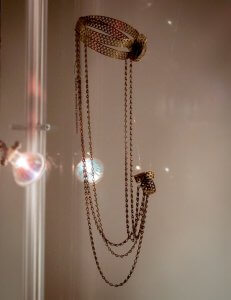
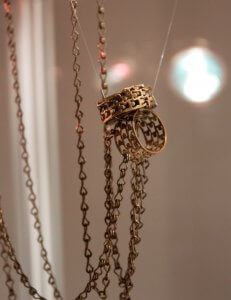
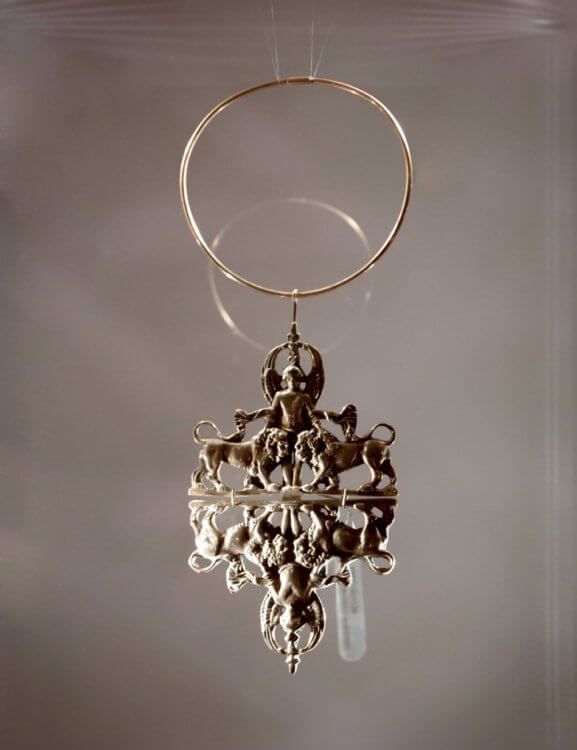
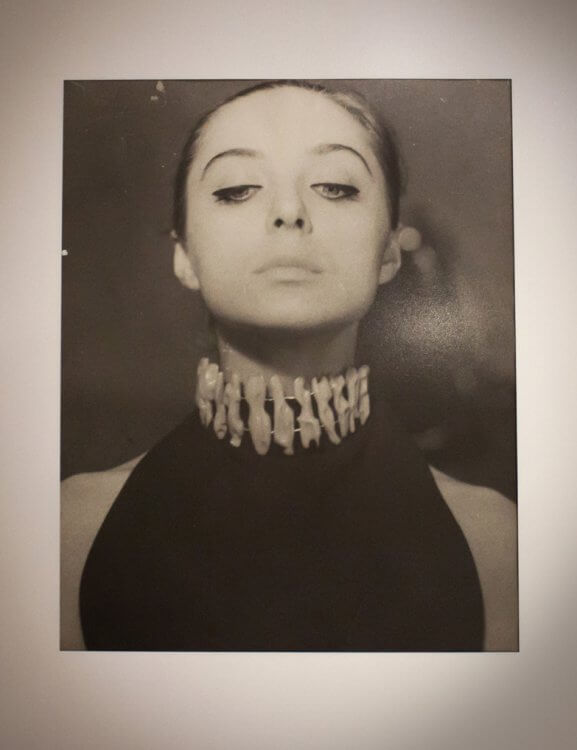
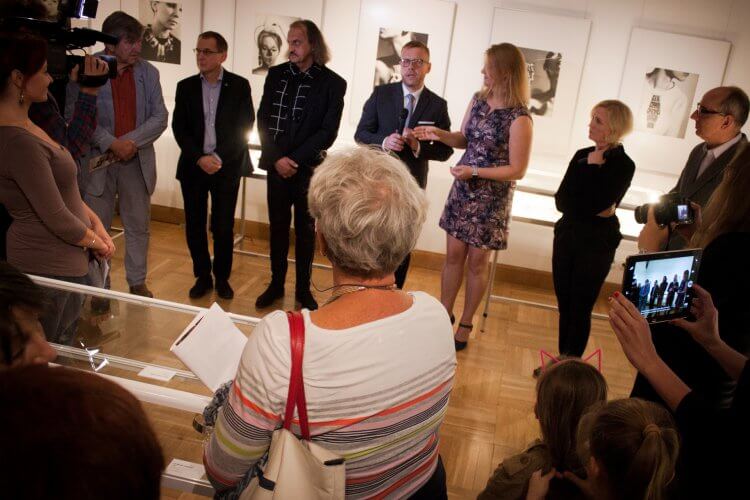
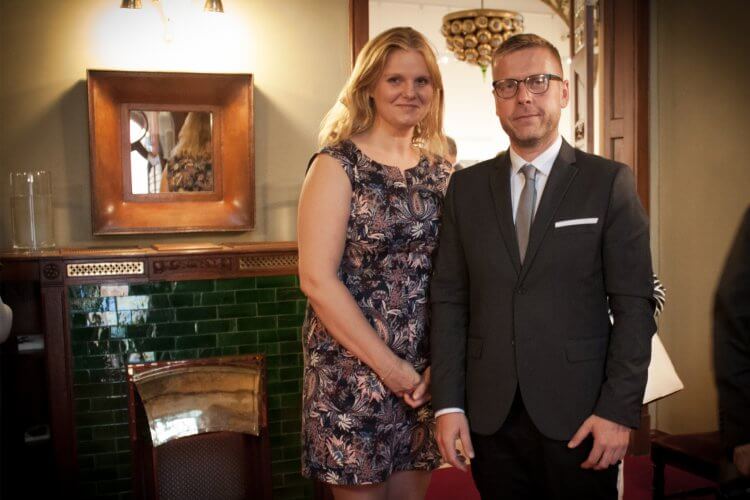
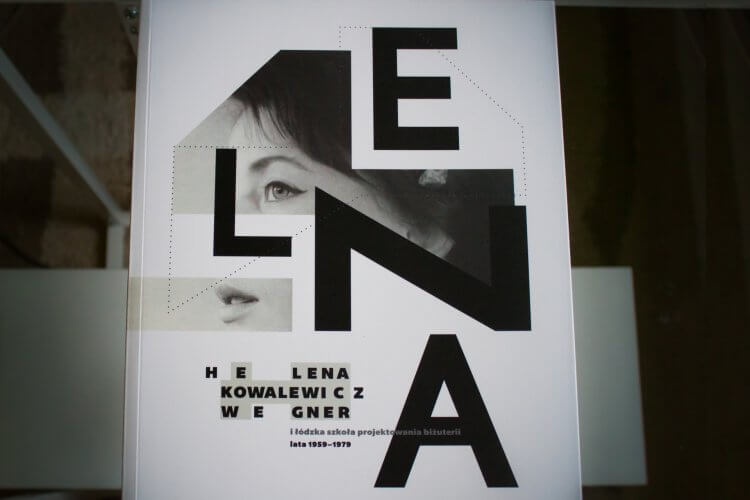
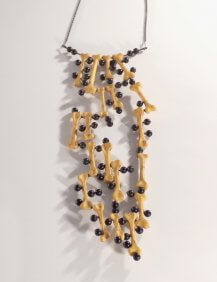
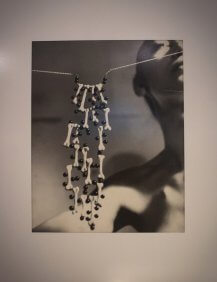
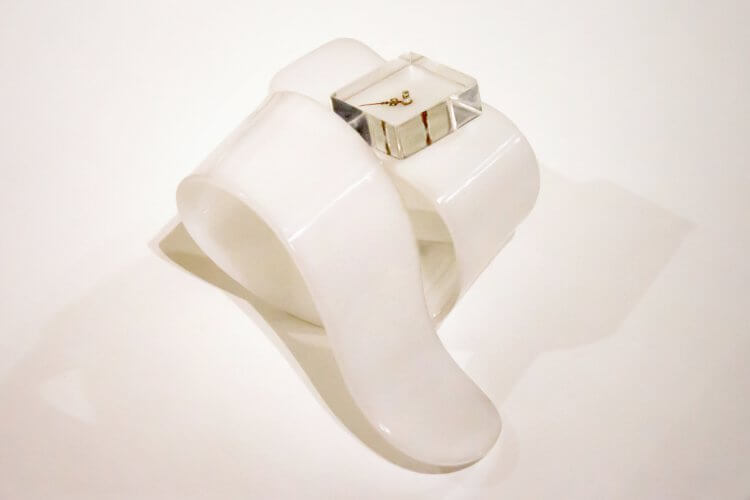


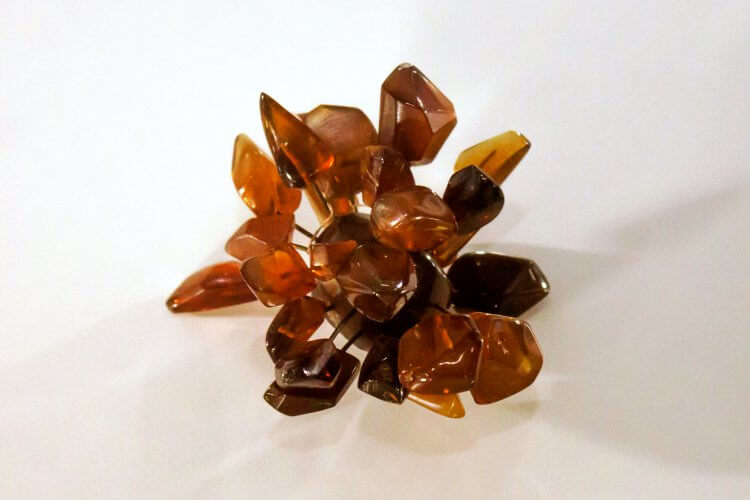
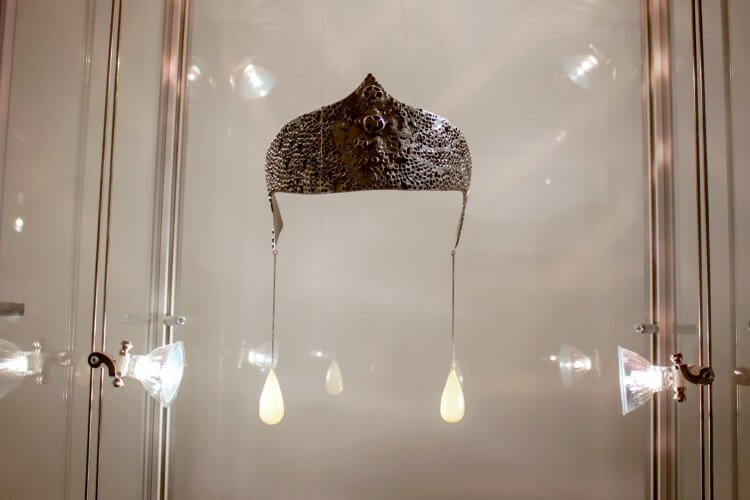
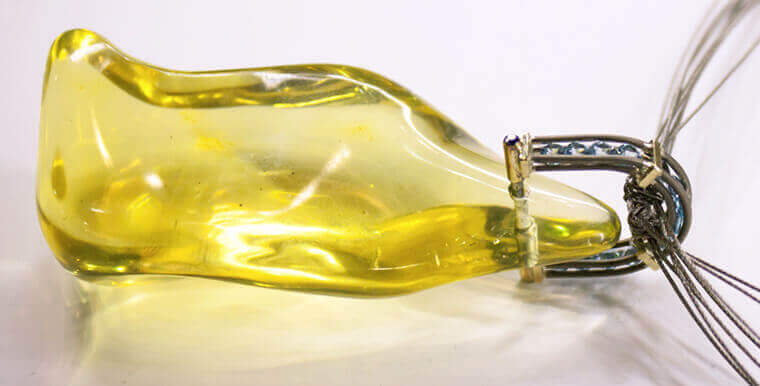

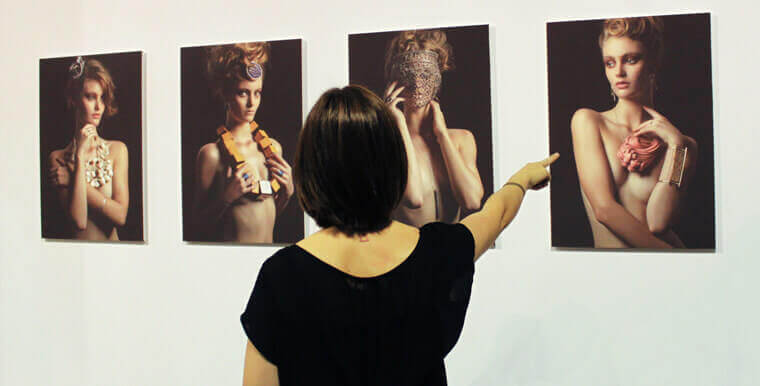
Tell us, what do you think about it